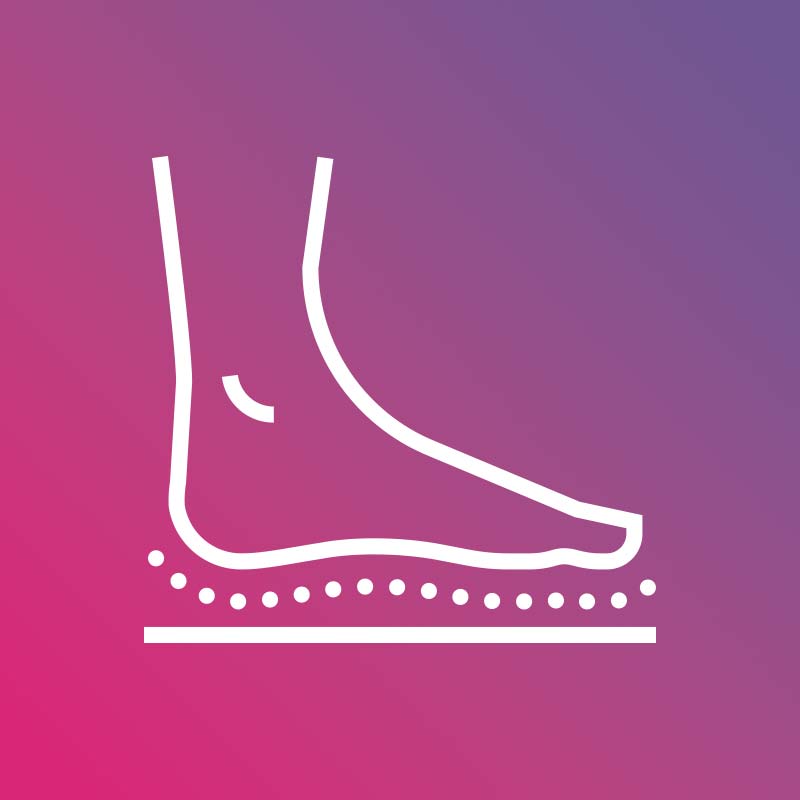Flat Foot Deformity
While it can be a painful condition, there are many non-surgical approaches we take to treat and sooth flat foot deformity.

DPM, FACFAS
What is Flat Foot Deformity?


Symptoms
Depending upon the severity of the deformity or the activities in which the patient wishes to participate, the flat foot deformity may cause little or no disability or pain. In more severe cases, some symptoms of flat feet can include:
- Tired feet
- Achy or painful arches
- Swollen feet or inflammation
- Leg pain
What are the causes of Flat Foot Deformity?
Flat foot deformity can be congenital (occurring at birth) or they can develop over time (acquired).
Acquired flat foot deformity develops when one or more tendons or other supporting structures start to weaken or dysfunction, allowing the arch to lower and even collapse completely. This can occur from injury, health-related conditions such as diabetes or rheumatoid arthritis, obesity, or other causes or combination of causes.

Treatment Options
Accepted Insurance

